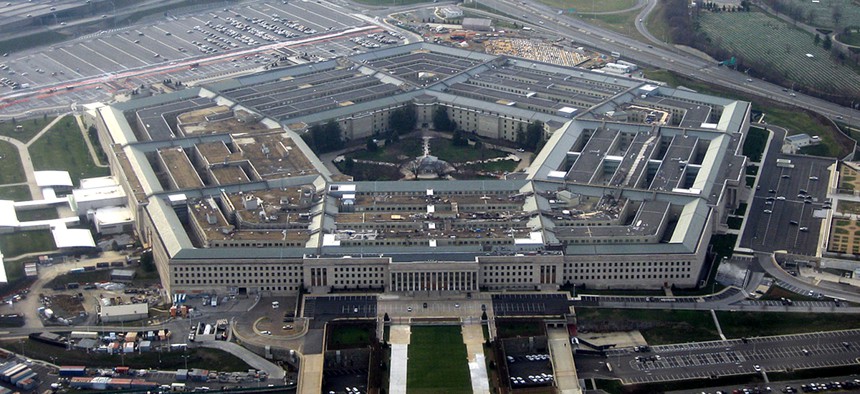DOD Tech Chief Talks Data Centers, Modernization and Cyber Workforce

Flickr user David B. Gleason
The Defense Department’s top techie discussed the Pentagon’s most pressing IT issues.
The Defense Department’s top techie Friday discussed the Pentagon’s most pressing IT issues in a conversation with reporters, sounding off on data center consolidation, modernization and the future of its cyber workforce.
Labor costs driving center consolidation
The Defense Department won’t meet its own goals for data center consolidation, according to a recent inspector general report. Still, Halvorsen said shuttering data centers remains a priority. Even more than real estate and power savings recouped by consolidated data centers, labor costs are driving the Pentagon’s push to close data centers, he said.
“The driver here is we’re leaving money on the table we ought to be able to use for more important things in the department,” Halvorsen said.
DOD is “identifying what our highest-cost data centers are,” he said, and taking a “prescriptive approach” to actions sub-departments ought to take. In many cases, software automation can replace manual labor currently carried out by administrators and other personnel. Those labor costs represent the largest potential pool of savings.
“Labor is the single biggest driver,” Halvorsen said. “People talk about power and location, and those are factors. But labor dominates this cost so much that it’s really what you have to understand. We’ve got to look at how many people are doing what. If you still have a lot of people doing monitoring and maintenance of servers, that is a bad use of people – those processes can be automated.”
Modernization is the new black
Mirroring U.S. CIO Tony Scott’s modernization push across civilian government, Halvorsen said the Defense Department will continue beefing up upgrade efforts across the military. Joint Regional Security Stacks are “key cornerstones” to the unified Joint Information Environment envisioned by Pentagon leaders.
In addition to contracts DOD will award to carry out the hardware necessities required under JIE, Halvorsen said DOD’s push to update its existing servers to Windows 10 by next year is on schedule – for the most part.
“We will be at 85 percent or better across DOD” by February 2017, Halvorsen said. Some directorates will be able to request waivers from Halvorsen so as not to comply with the Windows 10 directive, but a percentage will undoubtedly simply fail to meet the deadline.
Halvorsen said “there will be repercussions” for directorates that miss the deadline. While he didn’t specify what punishments might ensue, he said at least one remediation would be looking at how those directorates are spending their money.
Workforce changes to come
Halvorsen said the makeup of the department’s cybersecurity workforce would likely shift in the future.
“The years of having an IT or cyber career completely within the federal or civilian cycle, there will be less of that,” Halvorsen said.
Halvorsen said he expects increased partnerships between industry and defense agencies. The cross pollination of innovation that ensues, Halvorsen said, should make for a mutually beneficial relationship between the tech industry and defense.
“We want to put industry people into DOD and put DOD people into industry,” Halvorsen said.






